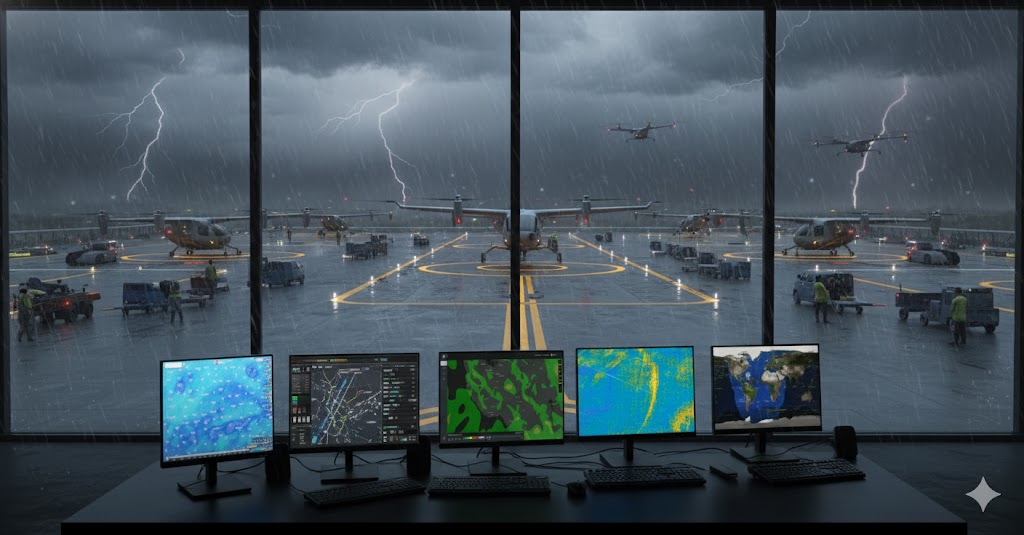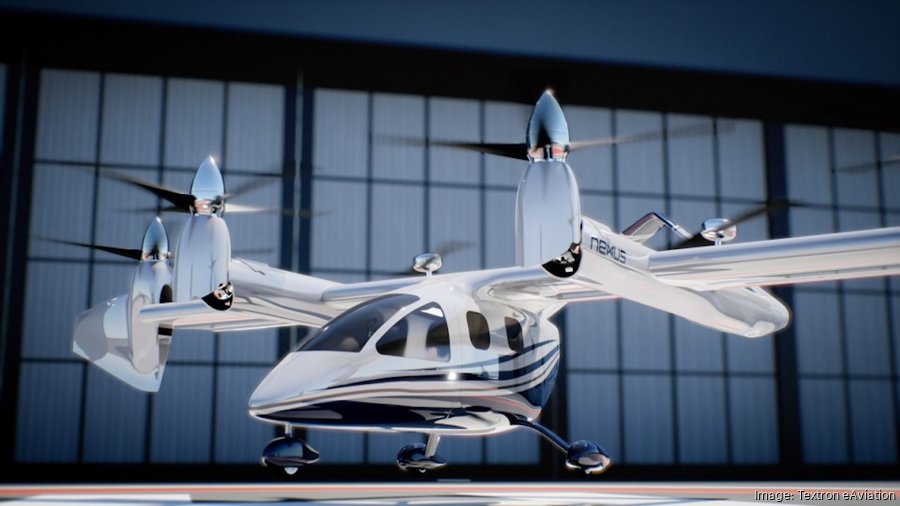Advanced Air Mobility AAM
- Supernal Announces Leadership Transition to Accelerate Supernal S-A2 eVTOL Commercialization
- Honda's eVTOL Program: A 2025 Update on the Low-Altitude Mobility Player
- EHang Plants Its Flag in Hefei: The VT35 Gets a Billion-Dollar Home
- Low altitude mobility takes off: Archer’s Midnight flies 55 miles, piloted.




